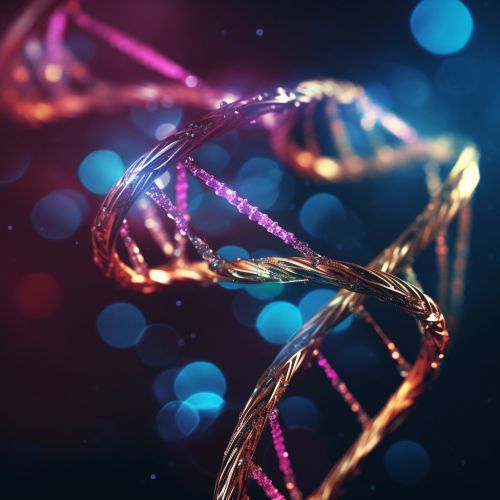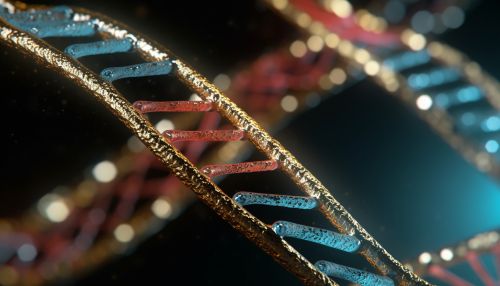Homologous recombination
Introduction
Homologous recombination is a fundamental process in all living organisms that involves the exchange of genetic information between two similar or identical strands of DNA molecules. It plays a crucial role in DNA repair mechanisms, meiotic cell division, and genetic diversification. Homologous recombination is a complex process involving several stages and numerous proteins and enzymes.


Overview
Homologous recombination is a type of genetic recombination, a process by which a molecule of nucleic acid (usually DNA, but can also be RNA) is broken and then joined to a different DNA molecule. Homologous recombination involves the pairing of homologous DNA sequences, which are sequences that are identical or nearly identical in their nucleotide sequence. The process is initiated by a double-strand break in one of the DNA molecules, followed by the invasion of the broken ends into the homologous DNA molecule, leading to the formation of a Holliday junction. The Holliday junction is then resolved, resulting in the exchange of genetic information between the two DNA molecules.
Mechanism
The mechanism of homologous recombination involves several steps, each of which is mediated by a specific set of proteins and enzymes. The process begins with the induction of a double-strand break in one of the DNA molecules. This can occur spontaneously, as a result of DNA damage, or can be induced by specific enzymes. The broken ends of the DNA molecule are then processed by a set of enzymes known as nucleases, which remove the damaged sections of the DNA and create single-stranded overhangs.
The single-stranded overhangs then invade the homologous DNA molecule, guided by a set of proteins known as recombinases. The most well-known recombinase is the RecA protein in bacteria, and its eukaryotic equivalent, Rad51. These proteins facilitate the pairing of the single-stranded overhangs with the homologous sequences in the other DNA molecule, leading to the formation of a D-loop structure.
The D-loop structure is then extended by a DNA polymerase, which synthesizes new DNA using the invaded strand as a template. This results in the formation of a Holliday junction, a four-way DNA structure that is characteristic of homologous recombination.
The Holliday junction is then resolved by specific enzymes known as resolvases, leading to the exchange of genetic information between the two DNA molecules. The final step in the process is the repair of the DNA breaks, which is mediated by the DNA repair machinery.
Biological Significance
Homologous recombination plays a crucial role in several biological processes. One of the most important roles of homologous recombination is in the repair of DNA damage. DNA is constantly subjected to damage from various sources, including UV light, radiation, and chemical mutagens. Homologous recombination is one of the main mechanisms by which cells repair double-strand breaks in DNA, which are one of the most severe forms of DNA damage.
In addition to its role in DNA repair, homologous recombination also plays a crucial role in meiosis, the process by which cells divide to produce gametes for sexual reproduction. During meiosis, homologous recombination leads to the exchange of genetic information between the maternal and paternal chromosomes, resulting in the generation of genetically diverse gametes. This genetic diversity is a key factor in evolution, as it provides the raw material for natural selection to act upon.
Regulation
The process of homologous recombination is tightly regulated by the cell. This is crucial, as uncontrolled recombination can lead to genomic instability and potentially to the development of diseases such as cancer. The regulation of homologous recombination involves several mechanisms, including the control of the expression and activity of the proteins and enzymes involved in the process, as well as the control of the cell cycle.
Applications
Due to its fundamental role in DNA repair and genetic diversity, homologous recombination has several applications in biotechnology and medicine. One of the main applications of homologous recombination is in the field of genetic engineering, where it is used to introduce specific genetic modifications into organisms. Homologous recombination is also used in the study of DNA repair and genomic stability, as well as in the development of new therapeutic strategies for diseases associated with defects in these processes.
